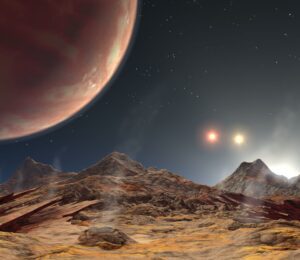Evolution of New Enzymes
The evolution of new enzymes for the digestion of nylon and plastics has been used to support Darwinian evolution. But is this the case, or do these new enzymes illustrate the limits of evolution? The Emergence of Nylon Nylon was first developed in the 1930s and used commercially in a nylon-bristled toothbrush in 1938. The greatest use of nylon was in women’s stockings. This use was illustrated at the 1939 New York World’s Fair and sold commercially soon afterward. Nylon stockings became an instant commercial success, with 64 million pairs sold the first year they became available. Wartime use diverted… Read More »









